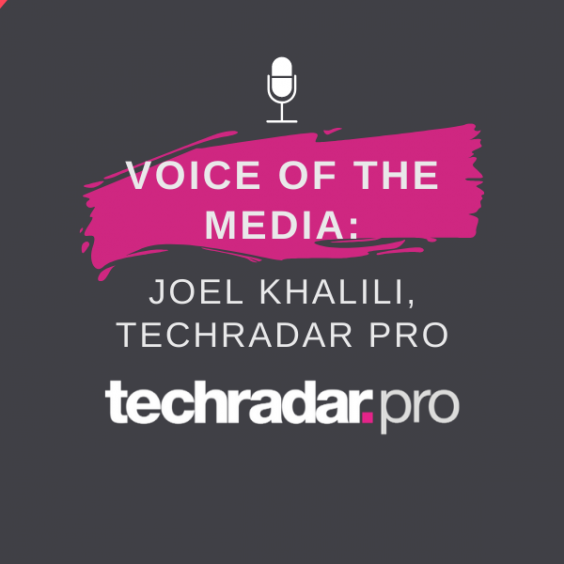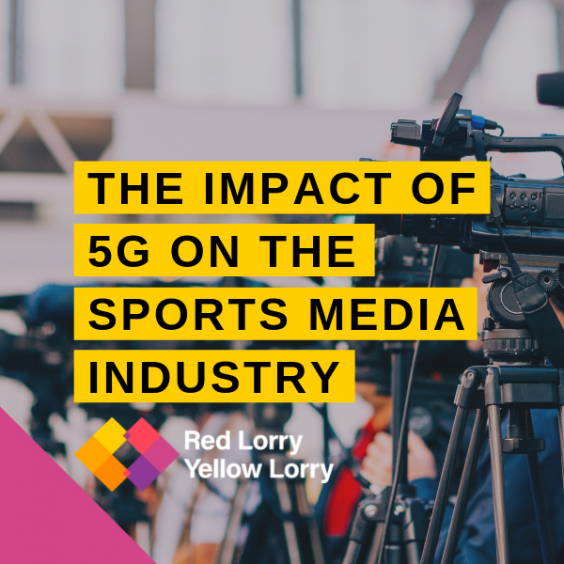In today’s SEO-driven digital age, public relations and content marketing can no longer afford to operate in disparate silos.
Today, b2b marketers and PR pros must come together and set out a cohesive strategy that considers every single touchpoint a customer could have with a brand. Possible points of customer interaction include the website, social media, events, and trade shows, and online publications.
Unifying content strategy across these different touchpoints can create a consistent customer experience, and can help foster greater recognition from the target audience the company is trying to reach.
To more tightly integrate PR and content marketing efforts, teams should:
1. Align on a keyword strategy
Any sensible marketer knows that keyword research is critical to getting content to appear in the top search results across leading search engines. But, far too often, PR teams don’t understand the importance of keywords, let alone use them strategically in content. This needs to change—b2b PR professionals must optimise every single piece of content they produce.
As well as working closely with client marketing teams to conduct keyword research, the lorries also consult Keyword Finder for every piece of content produced. This helps to ensure that we’re not only producing quality content, but also that optimal keywords are worked in.
2. Consider the different stages of the buyer journey when developing content
Once teams have agreed on basic keywords, it’s important to consider the goal of a particular campaign. This will ensure the PR and content marketing teams are producing targeted assets that will have a tangible impact. After all, there’s no value in creating content for content’s sake.
For example, if the goal of a campaign is to raise awareness of an issue among a particular buyer persona, placing an article in well-known publication is likely the best route. But, if you’re trying to get that same audience to consider purchasing your organisation’s solution to solve said problem, then a gated eBook can be a great way to capture their details and move them into the next stage of the funnel.
To maximise its impact, content needs to align closely with the desired outcome. The closer PR and marketing teams work together, the better.
3. Set goals and measurement methods to pivot your content strategy
Creating a piece of content for a specific stage of the buyer’s journey is great and all, but if the PR and marketing teams aren’t aligned on what success looks like it, then how can they effectively measure the success of the project?
That’s why it’s important to set specific benchmarks before rolling out any content initiative. Is the goal to place X articles with X type of publication? Is it to achieve a specific engagement rate for a social campaign? Is it to achieve a certain number of gated asset downloads?
Whatever the goal may be, make sure it’s smart, measurable, achievable, relevant and held to a timeframe. By making measurement a priority, the PR and marketing teams will be better able to understand what kind of impact their efforts are truly having on an organisation and whether it’s supporting the overall business objectives. If the team falls short on goals, that likely means there needs to be a shift in the overall content strategy.
By following these three initial steps, companies can build content marketing programs that drive tangible results. To learn more about our integrated approach to PR and content marketing, visit our contact page, or drop us a line at hello@rlyl.com.
Sign up to our newsletter



